Like one of the museum’s jugs
(48/2002), this candlestick belongs to a group of high-tin bronzes that in recent years have been attributed to Konya or Siirt.
The inscriptions wish the owner all manner of good fortune. This includes the top inscription, where the upstrokes of the letters become human faces. In addition to arabesques, there are a pair of sphinxes, a pair of wolves, and a pair of griffins. Between them are three medallions with horsemen: a falconer, a dragon-slayer, and a lion-slayer. Finally, there are six cartouches: three with musicians, one with a dancer, and two with persons drinking wine.
The iconography and the written references are not specific, and the candlestick could easily have graced the home of any wealthy man or high official.
Inv. no. 2/1963
Published in:
C .L. Davids Samling. Fjerde Del : Jubilæumsskrift 1945-70, København 1970, cat.no. 24, p. 216;
André Leth: Davids Samling. Islamisk kunst = The David Collection. Islamic Art, København 1975, p. 80;
Annika Richert (ed.): Islam: konst och kultur / art and culture, Statens historiska museum, Stockholm 1985, p. 139, cat.no. 13;
Kjeld von Folsach: Islamic art. The David Collection, Copenhagen 1990, cat.no. 329;
Kjeld von Folsach: Fabelvæsner fra Islams Verden, Davids Samling, København 1991, cat.no. 11;
Kjeld von Folsach, Torben Lundbæk and Peder Mortensen (ed.): Sultan, Shah and Great Mughal: the history and culture of the Islamic world, The National Museum, Copenhagen 1996, cat.no. 363;
Kjeld von Folsach: Art from the World of Islam in The David Collection, Copenhagen 2001, cat.no. 501;
Eric Delpont (ed.): Chevaux et cavaliers arabes dans les arts d'Orient et d'Occident, Institut du monde arabe, Paris 2002, cat.no. 76, p. 131;
James W. Allan: “”My father is a sun, and I am the star”: Fatimid symbols in Ayyubid and Mamluk metalwork. The C.L. David Lecture 2000” in Journal of the David Collection, 1, 2003, p. 26, fig. 3;
Almut v. Gladiss (ed.): Die Dschazira: Kulturlandschaft zwischen Euphrat und Tigris, Museum für Islamische Kunst, Berlin 2006, cat.no. 32, pp. 81-82;
Sheila R. Canby [et al.]: Court and cosmos: the great age of the Seljuqs, Metropolitan Museum of Art, New York, New Haven 2016, cat.no. 77, pp. 147-148;
Kjeld von Folsach, Joachim Meyer: The Human Figure in Islamic Art – Holy Men, Princes, and Commoners, The David Collection, Copenhagen 2017, cat.no. 13;
Verena Daiber: “The falcon and the ruler. Birds of prey in the iconography of nobility and leadership in the art of Central Arabic lands from the 1st to 9th century AH/7th to 15th century AD” in Oliver Grimm, with Karl-Heiz Gersmann and Anne-Lise Tropato (eds.): Raptor on the fist: falconry, its imagery and similar motifs throughout the millenia on a global scale, Kiel 2020, fig. 28, p. 628;
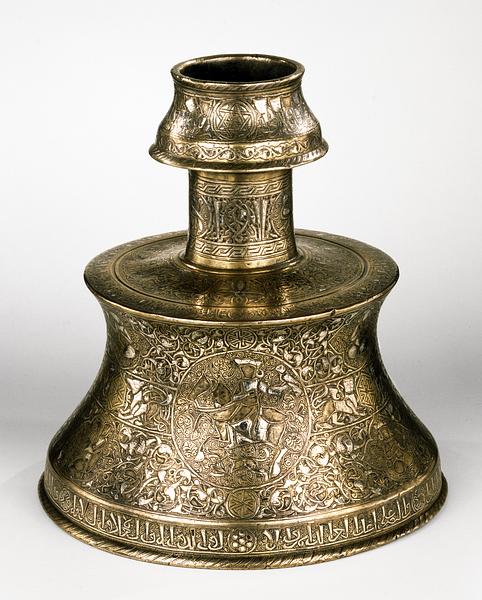

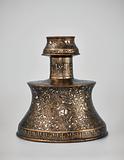-photo%20Pernille%20Klemp_web.jpg?locale=en)
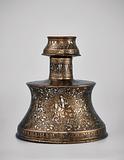-photo%20Pernille%20Klemp_web.jpg?locale=en)
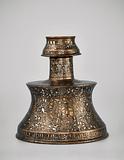-photo%20Pernille%20Klemp_web.jpg?locale=en)
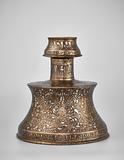-photo%20Pernille%20Klemp_web.jpg?locale=en)
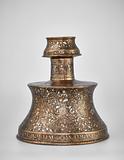-photo%20Pernille%20Klemp_web.jpg?locale=en)
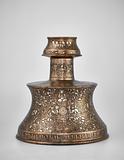-photo%20Pernille%20Klemp_web.jpg?locale=en)